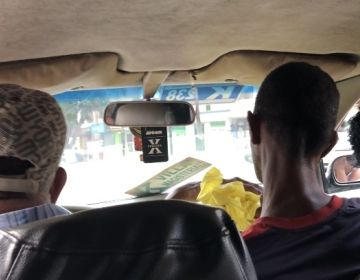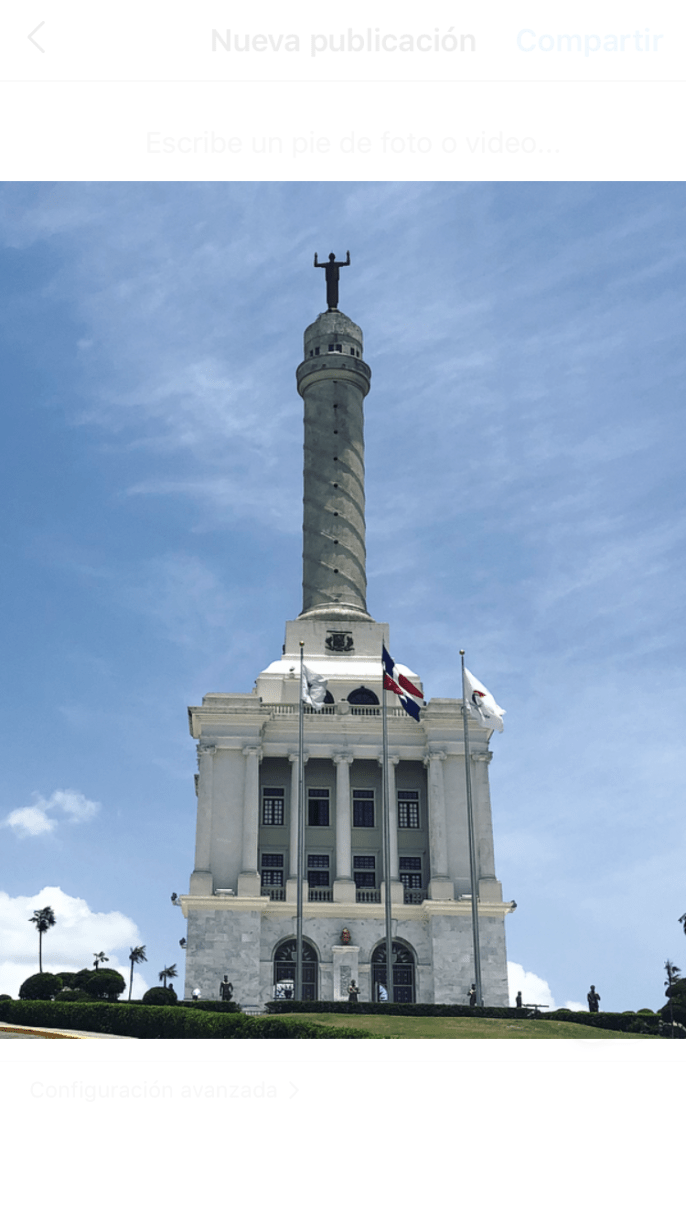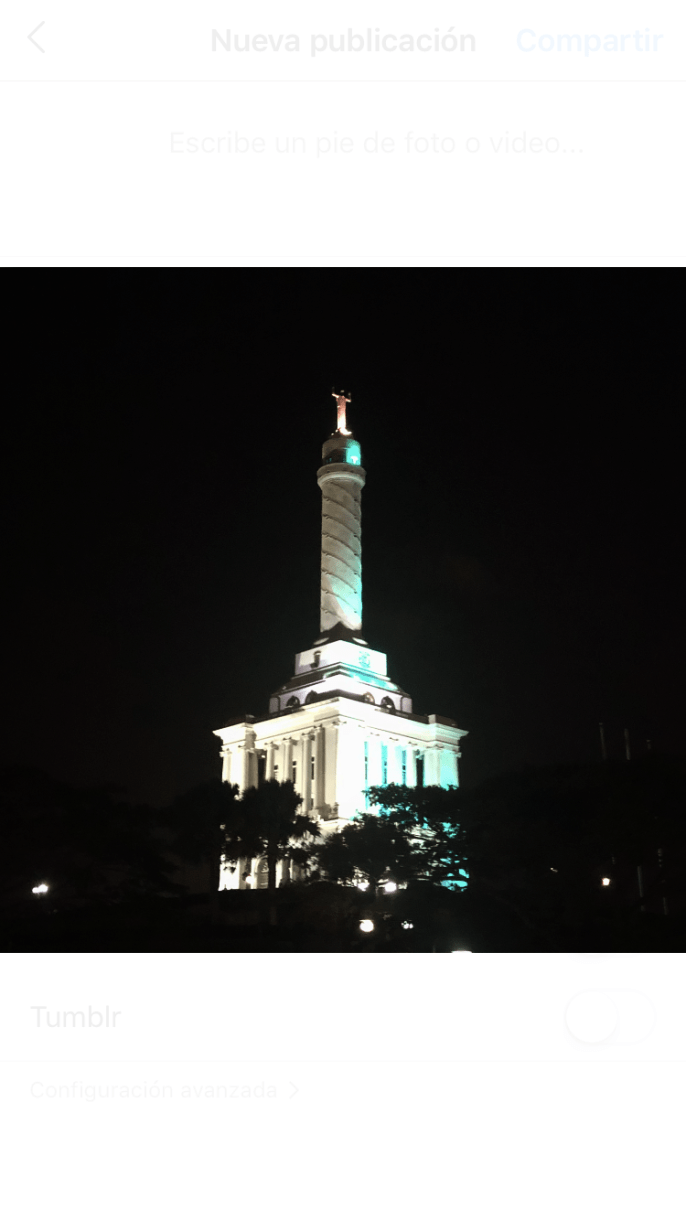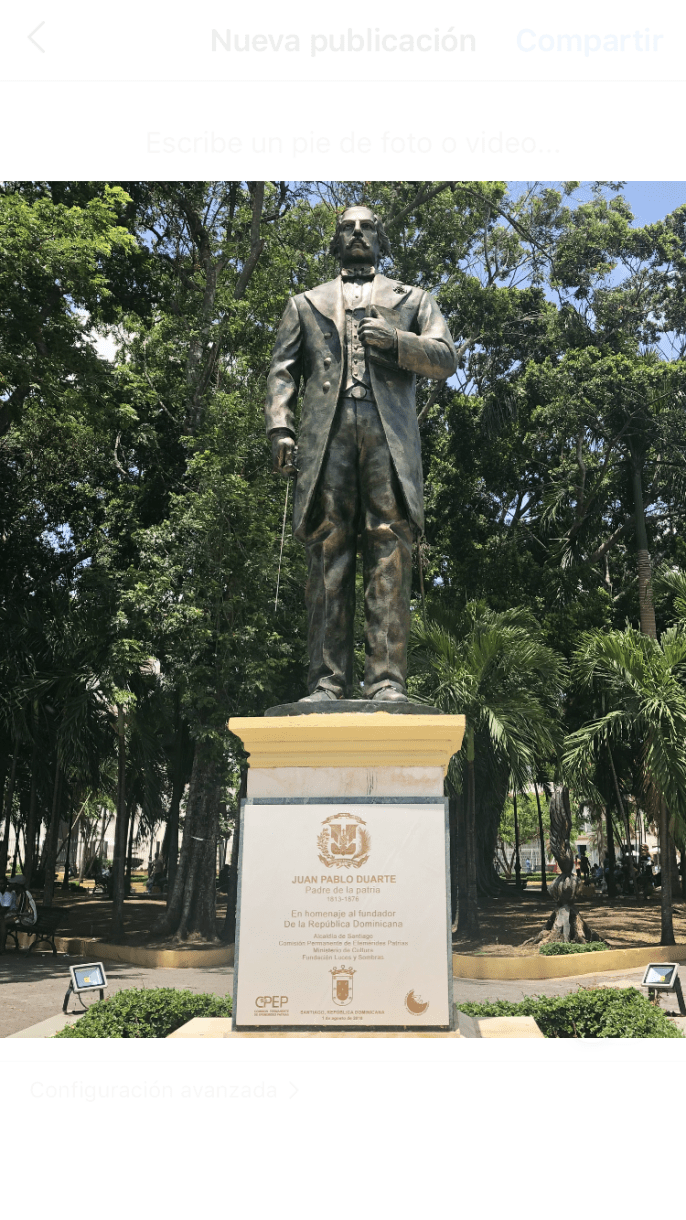A Sparknotes Guide to the History of the Dominican Republic
I’ll give you my warning now, I’m an absolute history nerd. I live for knowing quirky history facts. But I know not everyone enjoys history so I’ll try to cover the basic Dominican history in 9 simple points.
So what’s so awesome about Dominican culture is that it is a mix of Taino, African, and Spanish influence. The mix is a result of a very complicated history. So let’s get started!
- The Dominican Republic is in the Caribbean, south of Florida and Cuba. It shares the island with Haiti, which is on the west coast. Los Taínos were the native people who originally lived on the island for hundreds of years. As a result, the Dominican culture is heavily influenced by Los Taínos.
- In 1492, good ole Christopher Columbus sailed the ocean blue and “discovered” las Americas (He actually landed right in the Dominican Republic).
- The French colonized Haiti and the Spanish colonized the Dominican Republic. This explains why Haitians speak French/Creole and Dominicans speak Spanish. Spanish colonization also proved to greatly impact Dominican culture.
- As a result of imperialization, slaves from Africa were transported in to boost the lucrative industry of sugar cane, ranching, and tobacco on the island (called Hispaniola by Europeans). The African diaspora is a huge part of Dominican culture as well. If you pay close attention to salsa, bachata, and merengue music and dancing styles, you can see the African influence.
- Haiti and the Dominican Republic eventually successfully threw off European colonization in the early 1800s.
- From 1822-1844, Haiti and the Dominican Republic were united under one government (the Haitian government) until the Dominicans decided to say “Hey, we need to break up” and proclaimed the independence of the Dominican Republic on February 27, 1944.
- Your boys Juan Pablo Duarte, Francisco del Rosario Sánchez, and Matías Ramón Mella, the founding fathers of the Dominican Republic, started the secret society La Trinitaria to lead the country’s separation from the Haitian government.
- The Trujillo dictatorship (1931-1961) unfortunately promoted racism towards Haitians. The government basically spewed negative propaganda towards Haitians, committed genoicide of Haitian people, and encouraged the “whitening” of Dominican culture. Definitely not the best moments of Dominican history.
- Danilo Medina is currently president and the Dominican government and justice system are quite corrupt.
It’s pretty crazy to see how the history of the entire island has shaped the Dominican Republic into what it is now. Just understanding it’s rich history gives me a better understanding of racism, race identity, and the machismo culture here in this country. I hope you enjoyed my Sparknotes version of Dominican history. Feel free to refer back to here if I ever mention a historical fact in future blogs. Until later friends!
Related Posts

Cars and Conchos: Public Transport in Santiago
Santiago, Dominican Republic, has a multitude of options for public transport. From taxis, Gua Guas (large public buses) and Uber, getting around the city is not overly difficult. What’s unique... keep reading
The Reason I'm Here
Vulnerability Fear. Lust. Grief. Contempt. Boredom. These are just some of the few emotions that we, humans, can feel. But out of the diverse gamut of fleeting experiences, I think... keep reading


